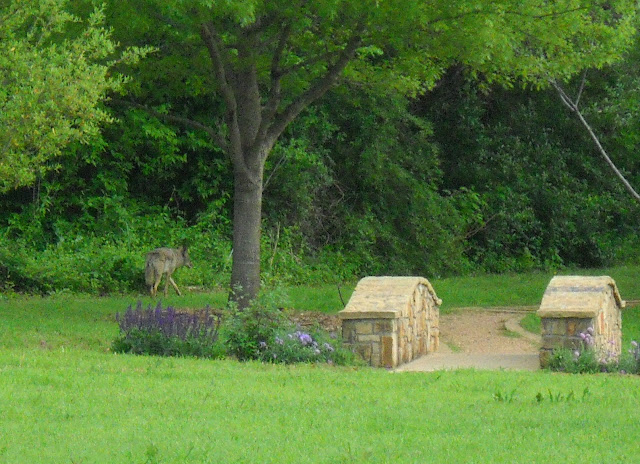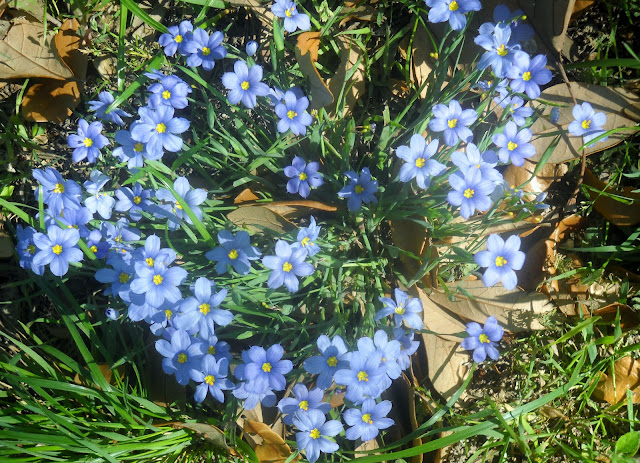Frequent visitors to White Rock Lake will know some of the birds by sight. These birds have characters all of their own, and one can even predict how they will react to a given situation. Many of the ducks come onshore to feed in the late afternoon. The image below shows an assortment of Mallards, Coots and a stunning Wood Duck in the bottom right corner.
Two male Mallard Ducks swimming alongside the pier in Sunset Bay
A female Mallard Duck foraging for food at Sunset Bay
A female Mallard Duck foraging for food at Sunset Bay
The Brown Chinese Goose below has the fattest belly imaginable, and it almost drags on the ground. From the look on the face of this goose, it does not like its picture taken.
Many of the ducks at White Rock Lake have stunning plumage, including the one below.
Dunking Duck at Sunset Bay
This pair of Mallards were on the east shore of the lake
There are droves of American Coots at White Rock Lake. These noisy birds with enormous feet - look at the bird's feet below - are often seen feeding onshore all along the lake.
American Coots on a log, reflecting on life
`
This Snow Goose, nicknamed the Lone Ranger, has been
visiting White Rock Lake for quite some time. It's always alone and is often
seen walking along the shore, pecking at food. Snow Geese breed in the Arctic
Tundra, so visitors to the lake should consider themselves fortunate to have
this straggler visit for so long.
This duck was taking a mid-afternoon nap





















































